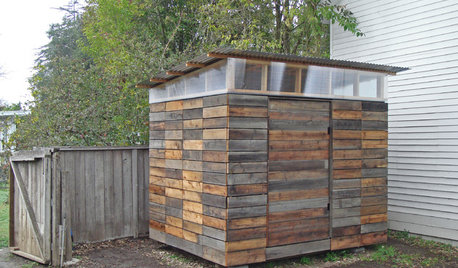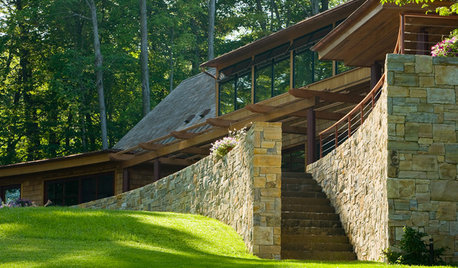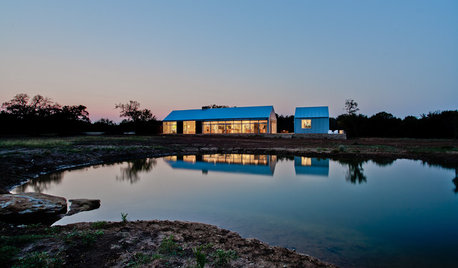The 1-2-3's
gardenguru1950
20 years ago
Related Stories

DECORATING GUIDESA By-the-Numbers Guide to Going Graphic
Adding life — not to mention organization — to your space can be as easy as 1, 2, 3 with a little paint and imagination
Full Story
SMALL HOMESMy Houzz: The Antidote to Dreariness, in One Small Brooklyn Apartment
1. Stir spirited colors together. 2. Sprinkle in playful decor. 3. Top off with the striking creativity of the gifted artist who lives there
Full Story
SHOP HOUZZShop Houzz: Gifts for Newlyweds in Paper, Cotton and Leather
Updated paper, cotton and leather picks for 1st, 2nd and 3rd anniversary gifts
Full Story
STORAGE2 Weeks + $2,000 = 1 Savvy Storage Shed
This homeowner took backyard storage and modern style into his own hands, building a shed with reclaimed redwood and ingenuity
Full Story
DECORATING GUIDES1 Chair + 2 Fabric Patterns = 1 Fabulous Look
Pair two contrasting fabrics on an upholstered chair to bring edge and an element of the unexpected to your interior decorating
Full Story
HOME TECHWhy Google Just Paid $3.2 Billion for a Company That Makes Thermostats
Smart home technology just got a new champion — and everyone is speculating about the reasons
Full Story
CONTEMPORARY HOMESHouzz Tour: 2 Wings for 3 Generations on a Vermont Lake
An extended family enjoys a spacious waterfront home influenced by farmhouses and Japanese architecture
Full Story
HOUZZ TOURSHouzz Tour: 3 Buildings Make for 1 Ideal Artist's Home
With a studio perched between a main suite and a guest cabana, a modern Texas home has all the bases covered
Full Story
KIDS’ SPACESRoom of the Day: 3 Brothers Share 1 Big Bedroom in Hawaii
With a loft, personalized areas and plenty of space for play, this shared boys’ bedroom inspires togetherness and a sense of fun
Full Story
HOUZZ TOURSMy Houzz: 2 Tools + 1 Resourceful Guy = Lots of Great ‘New’ Furniture
With scrap wood and a hands-on attitude, a San Francisco renter on a tight budget furnishes his bedroom and more
Full StoryMore Discussions






mjsee
egyptianonion
Related Professionals
Mitchellville Landscape Architects & Landscape Designers · Parole Landscape Architects & Landscape Designers · Port Royal Landscape Architects & Landscape Designers · Paradise Landscape Architects & Landscape Designers · Annandale Landscape Contractors · Belmont Landscape Contractors · Cambridge Landscape Contractors · Oak Forest Siding & Exteriors · Somersworth Siding & Exteriors · Bell General Contractors · Endicott General Contractors · Marysville General Contractors · Merrimack General Contractors · Nashua General Contractors · Rolling Hills Estates General ContractorsThe_Mohave__Kid
ginger_nh
ZephirineD
mjsee
ZephirineD